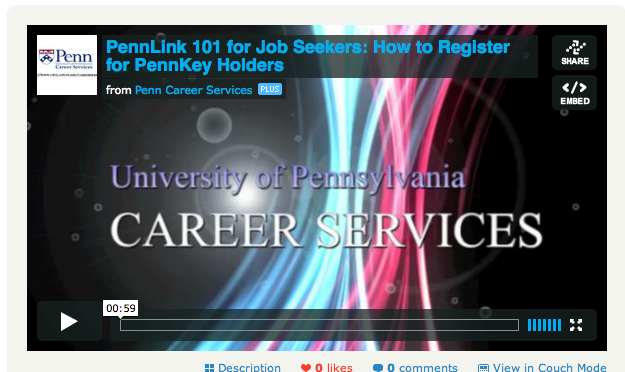LinkedIn website traffic volume is booming – employers and job seekers are proactively using the site as an effective tool to connect. There are also many articles on current recruiting practices and social media. As the LinkedIn community becomes more central to hiring for many companies, I have become interested in the fact that most people now are including a photo, a component of what LinkedIn considers to be “completing” your online profile.
In the USA, the convention of attaching your photo with your resume faded away in the late1970s with the civil rights movement and the establishment of ideas of equal opportunity in hiring. Are we taking a step back as we embrace the future with social media job searches?
Few people want a potential employer to pursue them – or disregard them – because of the way they look. Yet, unconscious or even overt inclinations can influence hiring practices. To be very objective in finding the best candidates, hiring managers likely will be combating well documented proclivites towards hiring people who look like them, preconceptions about ethnicity and gender, biases about people who they find attractive or ugly, as well as stereotypes related to age or visible disabilities. You can read more about hiring biases and discrimination online – in essence, studies indicate that people are prone to making quick judgments, having nothing to do with a candidate’s skills and accomplishments.
The question is, how would you feel knowing that someone might not look further into your LinkedIn profile if you don’t have an appealing picture? Do you think that your picture reflects well on you and improves your chance of getting hired? Obviously, even in the past when photos were not readily available, as soon as a candidate showed up for the interview, a hiring manager’s biases regarding the person’s appearance could come into play. But at this point in the hiring process, the job seeker has already impressed the employer with their resume of accomplishments, or their well written cover letter. They have the chance to verbally counter some of the biases based on their looks.
I will continue to look for more information or articles on how hiring practices and biases may be affected now that it is so easy to find a picture of someone online. While I think this newish trend (or retrotrend?) of incorporating photos in professional profiles is not going to change, I do believe that employers can be vigilant in training recruiters to address their biases, and to acknowledge the benefits of diversity in hiring. Here is an example of guidelines developed in the Human Resources industry, which addresses this issue: http://www.shrm.org/TemplatesTools/hrqa/diversity/Pages/default.aspx .
For you the candidate? In addition to being thoughtful of the image you put forward via social media, there are also suggestions for breaking through biases during your interviews: http://www.culturosity.com/articles/interviewbias.htm.







